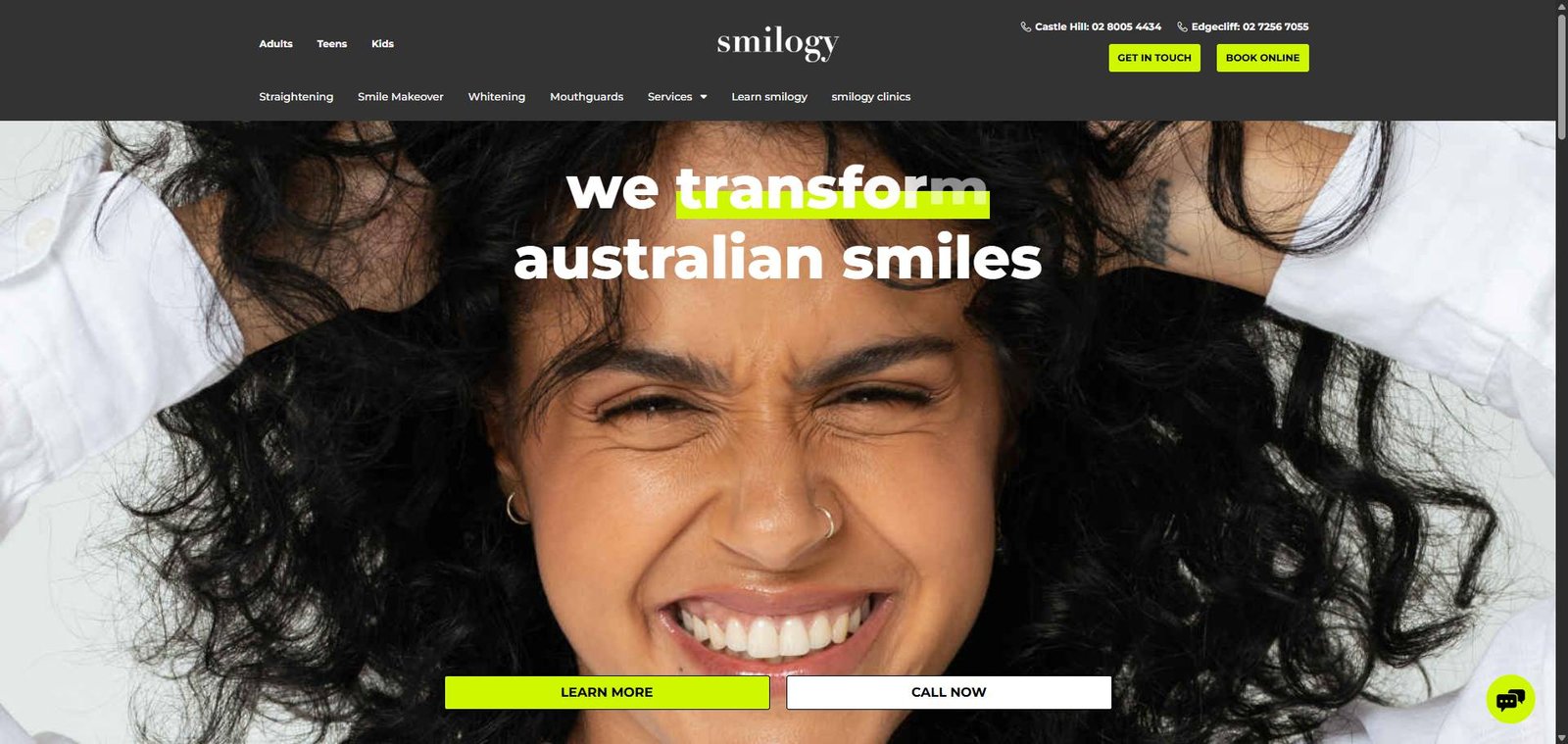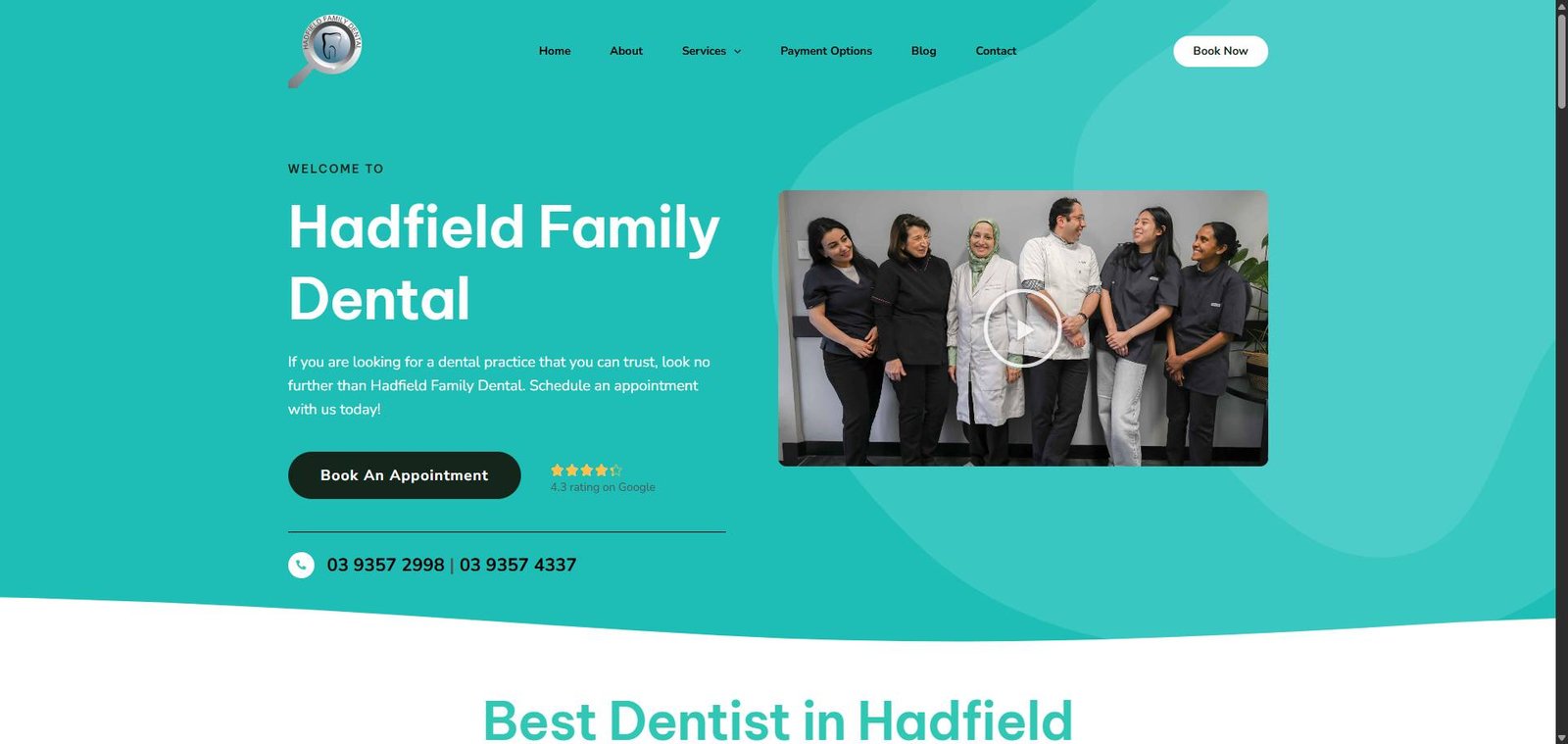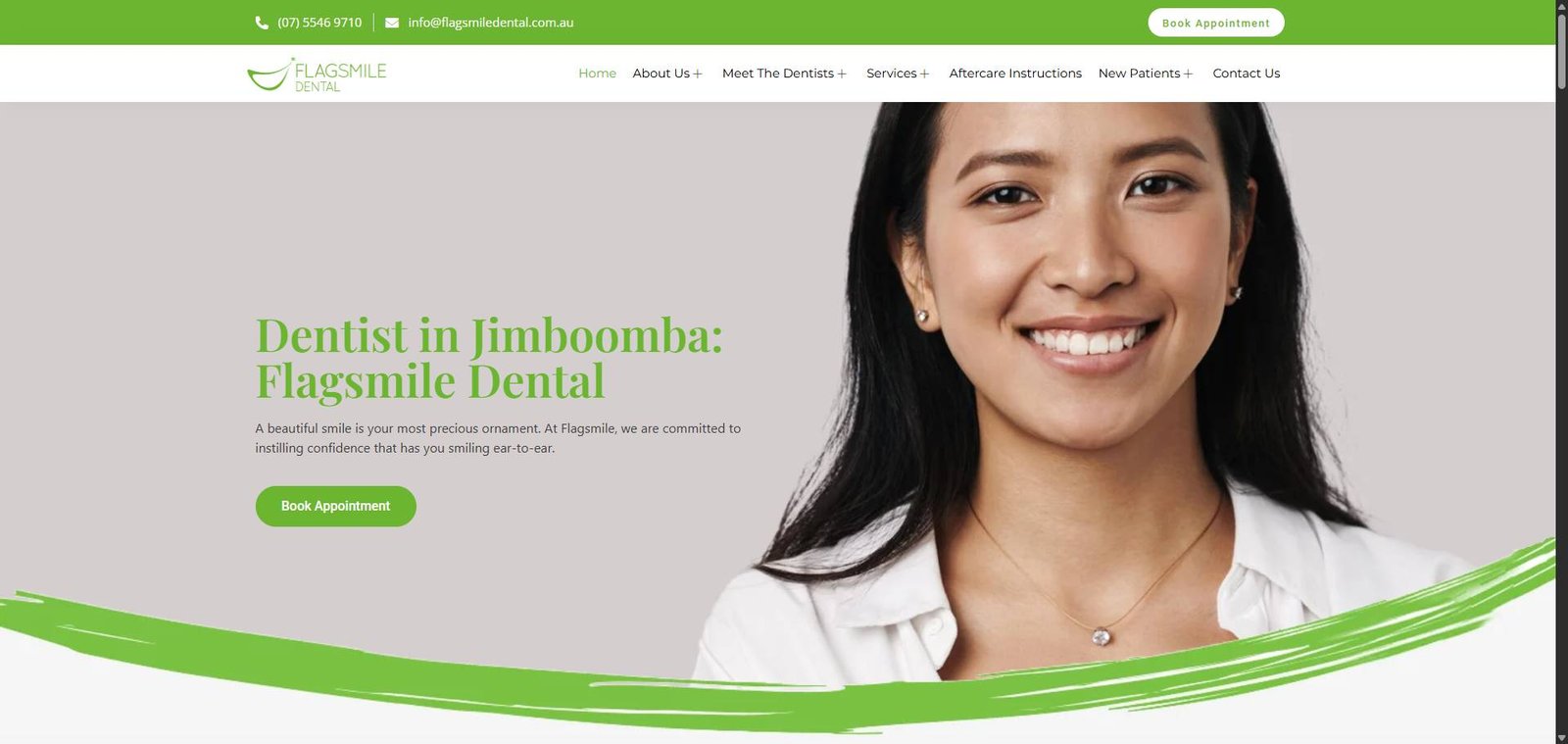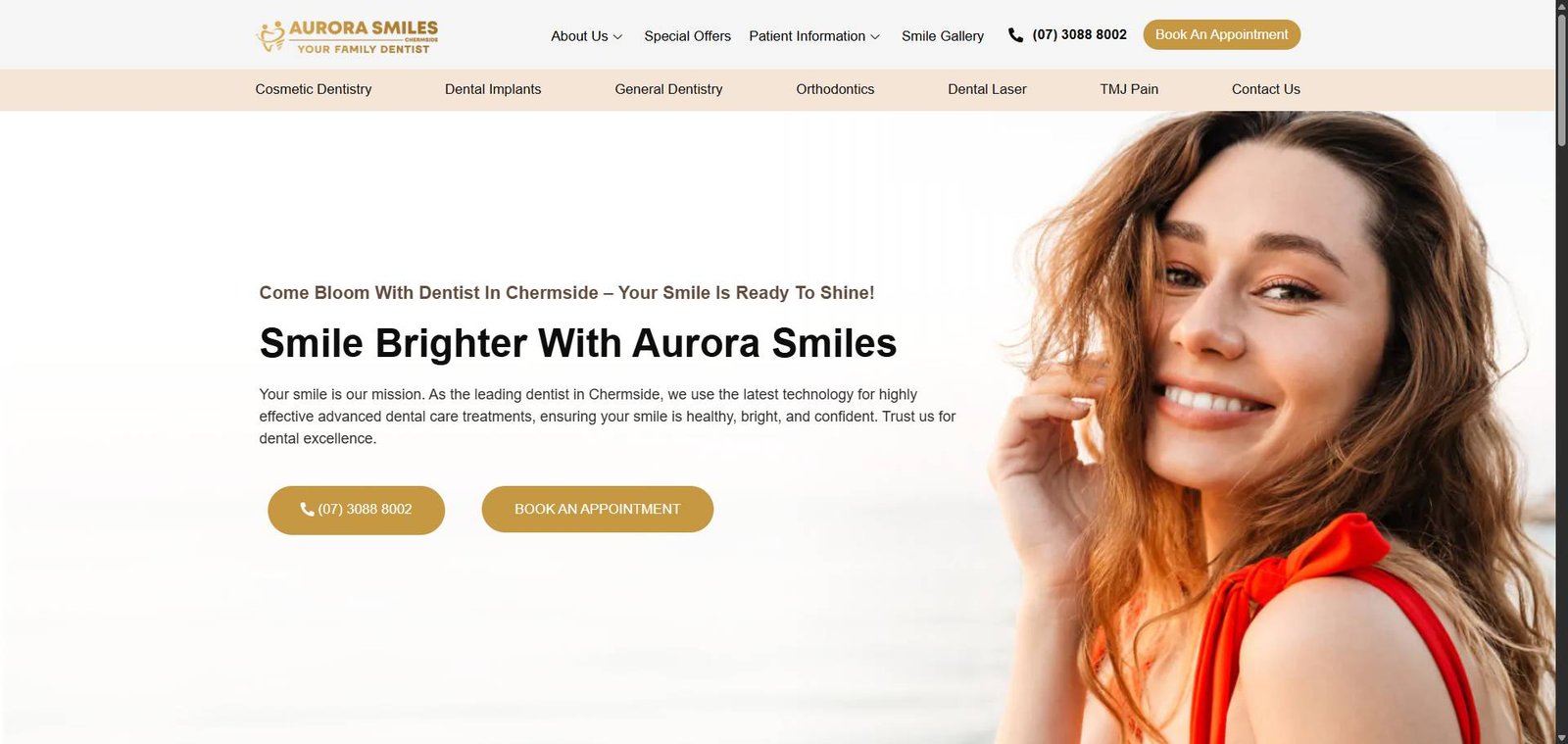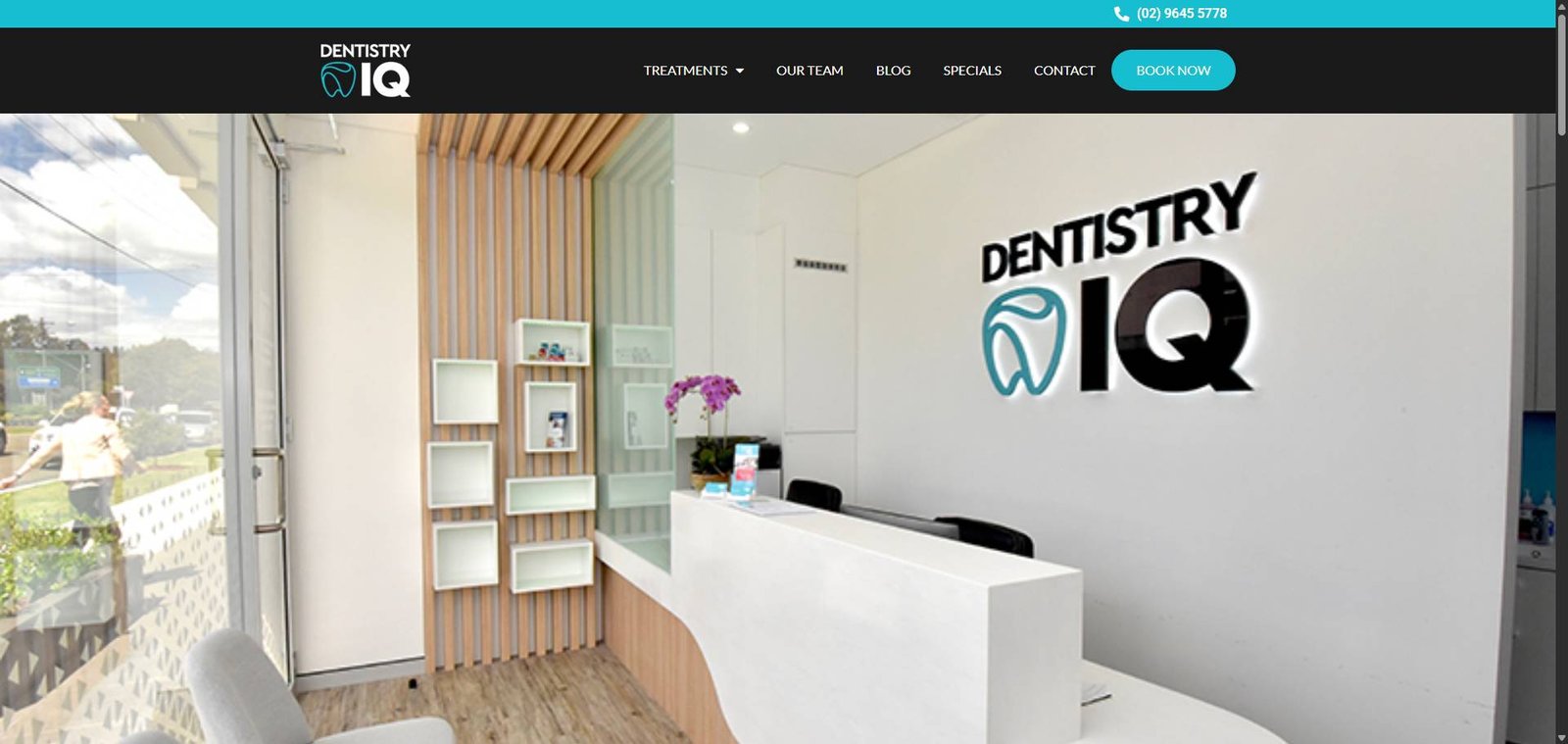Physiotherapy practices often struggle with patient retention. Many clients come for injury treatment, complete their recovery, and then disappear until the next injury occurs. This cycle limits practice growth and misses opportunities to help patients maintain optimal physical health. Smart content marketing can transform your practice from an injury repair service into a trusted partner for lifelong movement and wellness.
The key is creating content that educates patients about injury prevention, movement optimization, and ongoing physical health maintenance. When patients see you as their movement expert rather than just their injury treatment provider, they return for preventive care and refer others who want to stay active and healthy.
Understanding Your Physiotherapy Patient Journey
Physiotherapy patients typically follow predictable patterns that content marketing can influence at each stage.
Initial injury or pain brings most patients to physiotherapy. They’re often frustrated, worried about recovery time, and uncertain about what treatment involves. Content that addresses these concerns builds immediate trust.
Active treatment phase involves patients learning exercises, understanding their condition, and working toward recovery goals. Educational content during this phase improves compliance and outcomes.
Recovery completion often marks when patients stop thinking about physiotherapy until their next injury. This is where most practices lose the opportunity for ongoing relationships.
Prevention and maintenance represents the biggest missed opportunity. Patients who understand the value of ongoing movement optimization become long-term clients and referral sources.
Return to activity support helps patients safely resume sports, work activities, and daily movements without re-injury, creating positive experiences that generate referrals.
Content Strategies for Sports Injury Prevention
Sports injury prevention content attracts active individuals before they need treatment, positioning your practice as a proactive healthcare resource rather than just a reactive treatment provider.
Sport-specific injury guides target athletes in different disciplines. Content about preventing runner’s knee, tennis elbow, or soccer ankle injuries attracts patients who participate in these activities.
Proper technique education provides value to athletes while demonstrating your movement expertise. Videos showing correct lifting form, running mechanics, or throwing techniques build authority and trust.
Training progression advice helps athletes advance safely without injury. Content about increasing workout intensity, seasonal training adjustments, and recovery protocols appeals to serious athletes who want to optimize performance.
Equipment and gear guidance addresses questions about supportive braces, proper footwear, and exercise equipment that can prevent injuries or support recovery.
Age-specific activity modification content serves older athletes who need to adjust their activities while maintaining fitness and enjoyment.
Exercise Education Content That Builds Authority
Exercise education content demonstrates your expertise while providing ongoing value that keeps patients engaged with your practice long after their initial treatment ends.
Exercise technique videos showing proper form for common rehabilitation exercises help patients understand and perform treatments correctly while showcasing your teaching abilities.
Home exercise progressions guide patients through advancing their exercises safely, reducing the need for frequent appointments while maintaining their connection to your expertise.
Condition-specific exercise guides for common issues like lower back pain, neck stiffness, or knee problems provide targeted help while demonstrating your specialized knowledge.
Workplace ergonomics content appeals to office workers, manual laborers, and others whose work contributes to physical problems. This content attracts patients before they develop serious issues.
Fitness and mobility maintenance information helps active individuals optimize their physical health and prevent age-related decline through appropriate exercise and movement strategies.
Video Marketing for Movement Demonstration
Video content works particularly well for physiotherapy marketing because movement and exercise techniques are difficult to explain effectively through text alone.
Exercise demonstrations provide immediate value to viewers while showcasing your knowledge and teaching ability. Clear, well-filmed exercise videos often become your most popular content.
Treatment explanations help potential patients understand what physiotherapy involves and what they can expect from treatment, reducing anxiety about seeking care.
Patient success stories filmed appropriately and with proper consent can show real treatment outcomes while respecting patient privacy.
Facility tours help patients feel comfortable with your clinic environment and equipment, particularly important for those who have never received physiotherapy treatment.
Live Q&A sessions allow real-time interaction with potential and current patients, demonstrating your expertise while building personal connections.
Targeting Different Patient Demographics
Physiotherapy serves diverse patient populations with different needs, pain points, and communication preferences that require targeted marketing approaches.
Young athletes respond to performance optimization content, injury prevention strategies, and return-to-sport timelines. They prefer video content, social media engagement, and online booking systems.
Working professionals need content about managing desk-related pain, workplace injury prevention, and fitting treatment into busy schedules. They value efficiency, convenience, and evidence-based treatment approaches.
Older adults want information about maintaining mobility, managing arthritis, and staying active as they age. They may prefer more detailed written content and traditional communication methods.
Post-surgical patients need specialized content about rehabilitation timelines, exercise progressions, and what to expect during recovery from various procedures.
Chronic pain sufferers require sensitive messaging about long-term management strategies, realistic expectations, and hope for improved quality of life through consistent treatment.
Local SEO Strategies for Physiotherapy Practices
Most patients prefer physiotherapy providers close to home or work, making local search optimization essential for practice growth.
Service area optimization should target neighborhoods and suburbs where your ideal patients live and work. Create location-specific content that addresses local activity patterns and injury risks.
Condition-specific local content combines health topics with geographic targeting. “Lower back pain treatment in [area]” or “sports physiotherapy for [local sports teams]” captures highly targeted search traffic.
Community involvement content highlights your participation in local sports events, health fairs, or community wellness initiatives, building local authority and trust.
Referral source optimization helps you appear in searches from local doctors, specialists, and other healthcare providers who might refer patients to your practice.
Competition analysis in your local market helps identify content and service gaps where you can differentiate your practice from other physiotherapy providers.
PPC Advertising for Injury Recovery and Prevention
Paid advertising for physiotherapy can target both acute injury patients who need immediate help and proactive individuals interested in injury prevention and performance optimization.
Urgent injury campaigns target people searching for immediate help with back pain, sports injuries, or sudden mobility issues. These campaigns should emphasize quick appointments, pain relief, and experienced treatment.
Preventive care advertising reaches active individuals before they develop problems. Target audiences interested in fitness, sports, and healthy aging with content about movement optimization and injury prevention.
Retargeting strategies can re-engage website visitors who didn’t book appointments initially. Many physiotherapy patients research extensively before deciding on treatment, making follow-up advertising effective.
Seasonal campaign adjustments should reflect activity patterns in your area. Winter sports injury campaigns, summer activity preparation, and back-to-school sports medicine timing can improve campaign relevance and effectiveness.
Specialty service promotion for services like dry needling, sports massage, or specialized rehabilitation programs can attract patients seeking specific treatment approaches.
Email Marketing for Treatment Compliance and Retention
Email marketing helps physiotherapy practices maintain patient relationships beyond active treatment while supporting better outcomes through improved exercise compliance.
Treatment support sequences can provide exercise reminders, technique tips, and motivation during active treatment phases. These emails improve compliance while reducing the need for frequent appointments.
Post-treatment maintenance emails help patients continue their exercise programs and maintain improvements after formal treatment ends. This ongoing support prevents re-injury and maintains practice relationships.
Educational campaigns about injury prevention, movement optimization, and physical health maintenance provide ongoing value while keeping your practice top-of-mind for future healthcare needs.
Appointment reminders and follow-up systems reduce no-shows while providing opportunities to share relevant health information and exercise guidance.
Referral encouragement through patient success celebrations and health milestone recognition can naturally generate word-of-mouth marketing from satisfied patients.
Building Authority Through Movement Education
Physiotherapy content marketing succeeds when it positions you as the local expert on movement, injury prevention, and optimal physical function.
Evidence-based content that references current research builds credibility with healthcare-savvy patients while demonstrating your commitment to best-practice treatment approaches.
Practical application of movement science helps patients understand how physiotherapy principles apply to their daily activities, sports participation, and long-term health goals.
Collaborative care content shows how you work with other healthcare providers, fitness professionals, and coaches to support comprehensive patient health and performance goals.
Continuing education highlights through social media and blog content demonstrate your commitment to staying current with physiotherapy advances and treatment innovations.
Patient outcome focus emphasizes functional improvements and return to valued activities rather than just pain reduction or treatment completion.
Social Media Engagement for Active Communities
Social media provides excellent opportunities for physiotherapy practices to engage with active communities and demonstrate movement expertise in real-time.
Exercise tip content performs well across platforms because it provides immediate value while showcasing your knowledge and teaching ability.
Injury prevention advice targeted to specific sports or activities helps you connect with athletic communities and active individuals before they need treatment.
Patient progress celebrations shared appropriately and with permission can inspire others while demonstrating successful treatment outcomes.
Live exercise demonstrations through video streaming can reach larger audiences while providing real-time interaction opportunities with potential and current patients.
Community challenge participation in local fitness events, charity runs, or wellness initiatives positions your practice as an active participant in community health.
Conversion Optimization for Physiotherapy Websites
Physiotherapy websites must convert visitors who range from people in acute pain needing immediate help to proactive individuals researching injury prevention strategies.
Multiple contact options accommodate different patient preferences and urgency levels. Online booking works for routine appointments, while prominent phone numbers serve urgent care needs.
Clear service explanations help patients understand what physiotherapy involves and whether it’s appropriate for their specific concerns or goals.
Treatment approach information allows patients to evaluate whether your methods align with their preferences and expectations for healthcare.
Insurance and payment information should be easily accessible since many patients need to understand coverage and costs before booking physiotherapy appointments.
New patient guidance reduces barriers for people unfamiliar with physiotherapy by explaining what to expect, what to bring, and how to prepare for their first appointment.
Physiotherapy content marketing transforms practices from injury treatment centers into comprehensive movement and wellness resources. By creating content that serves patients throughout their entire relationship with physical health – from injury treatment through prevention and performance optimization – physiotherapy practices can build sustainable growth based on long-term patient relationships and community trust.
Conclusion
Breaking the injury treatment cycle requires content that positions you as a movement expert, not just an injury repair service. When patients see you as their wellness partner, they return for preventive care and refer others seeking active lifestyle support.
Pracxcel transforms physiotherapy practices from reactive treatment centers into proactive wellness hubs. Contact us today to develop content strategies that build lasting patient relationships beyond injury recovery cycles.


